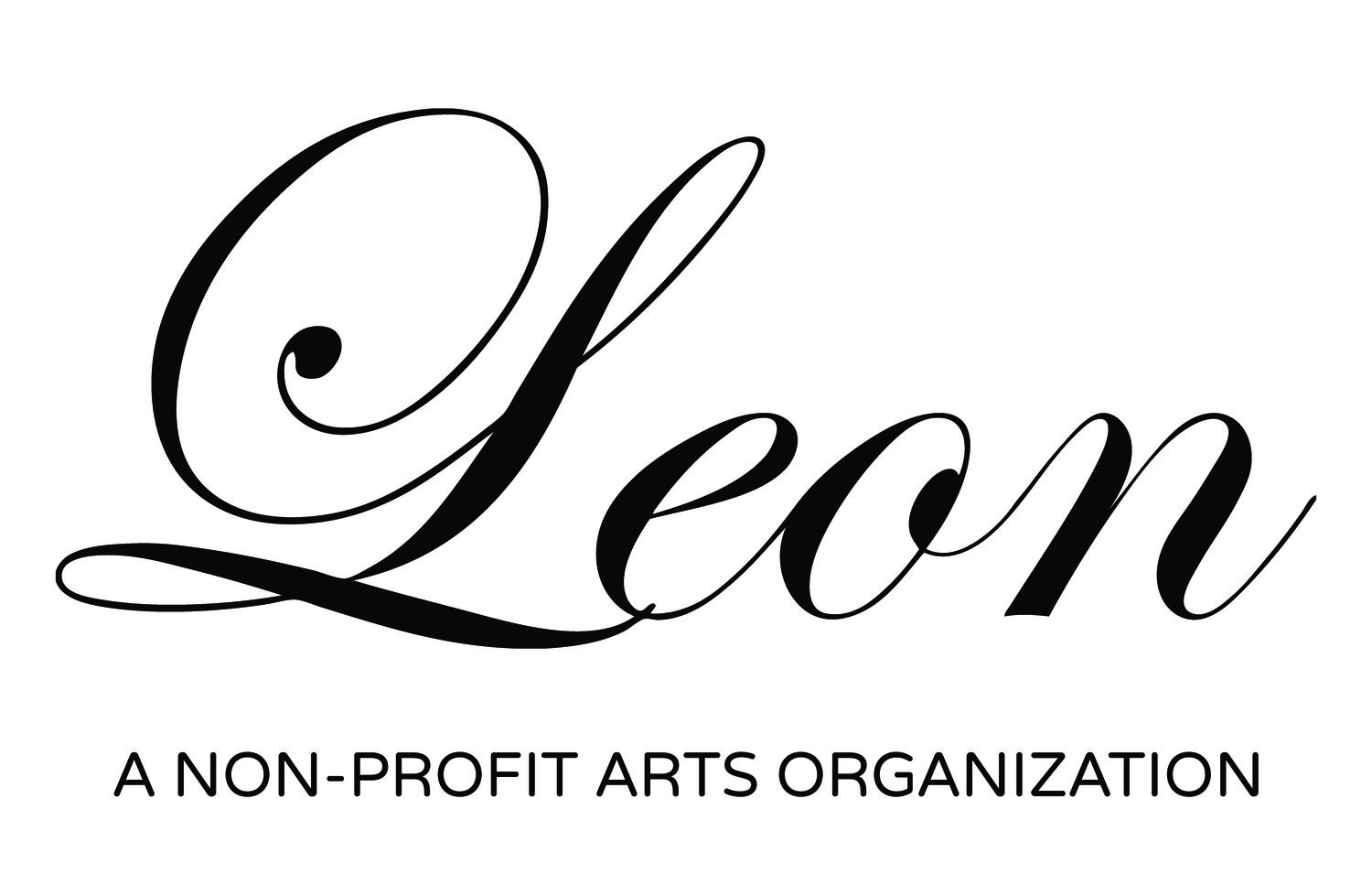Opening Reception: June 8th, 2013 7-10pm
Exhibition: June 8th-July 8th, 2013
Overview:
——————————————————
We might compare a symphony in its endless variations
to a journey that leads through the boundless reaches of the external world.
The journey of the variation form leads to a second infinity,
the infinity of internal variety concealed in all things.
Man lives in this abyss,
created by the infinitely large and the infinitely small.
——————————————————
The above is a liberal adaptation of a few lines in Milan Kundera’s, The Book of Laughter and Forgetting, and I cite it here because I have remained so deeply in love with how he describes the infinite scale of our existence. I’ve never quite been able to express it so eloquently, and the idea is so potent that it has leaked into my art, and into my love letters.
The symphony is a telling example, it is a system of parts, that only when arranged a certain way are they called music, but this is merely a qualitative assessment. Then perhaps consider that most music that sounds harmonious is operating on foundational principles of math, proportions and frequencies that are desirable in a way not only fit for the ears. This notion harkens into focus the operational miracles that are sound waves, and light waves, and music and harmony, and gravity and attraction. And, everyday, I try to acknowledge that these phenomena are so mind-blowingly amazing that again I may challenge my conception of my own existence, and be so fully aware of my position; the man living in an abyss of infinitum.
This feeling brought on some explorations and I became rather obsessed with the idea of creating drawing machines in February of 2012, at which time I created the original rectilinear Harmonograph (2 pendulums) and a large-scale Spirograph. The next exploration into this curious world took place in December of 2012, I had been teaching myself to play piano for three months, and was possessed again to use the machine and attempt to ‘tune’ it, so I could see the nature of the music I was playing. Later, in March of 2013, I employed the use of fiber-optic ‘pens’ to inscribe light into photo paper and develop the images as a photographs.
As with most of my work, Harmonographology, is an ongoing experiment in the visual and physical appreciation of the only slightly out-of-unison- and-ultimately-dependent nature of the universe, which happens to yield infinitely varied results even within this charmingly narrow scope of study.
The Harmonograph, three of which I’ve built are on display, is a machine invented by Hugh Blackburn which maps or draws the visual relationship of multiple waves. The machines use physical oscillations, where the weight on the pendulum can be ‘tuned’ to yield mathematically desirable harmony. These drawings could abstractly be sound waves, they could also be light waves- even the planetary systems are described with harmonic motion. So I can imagine that each drawing on its own is a capture of the grander things I regularly take for granted, and yet are always present and I will never fully understand at all.
